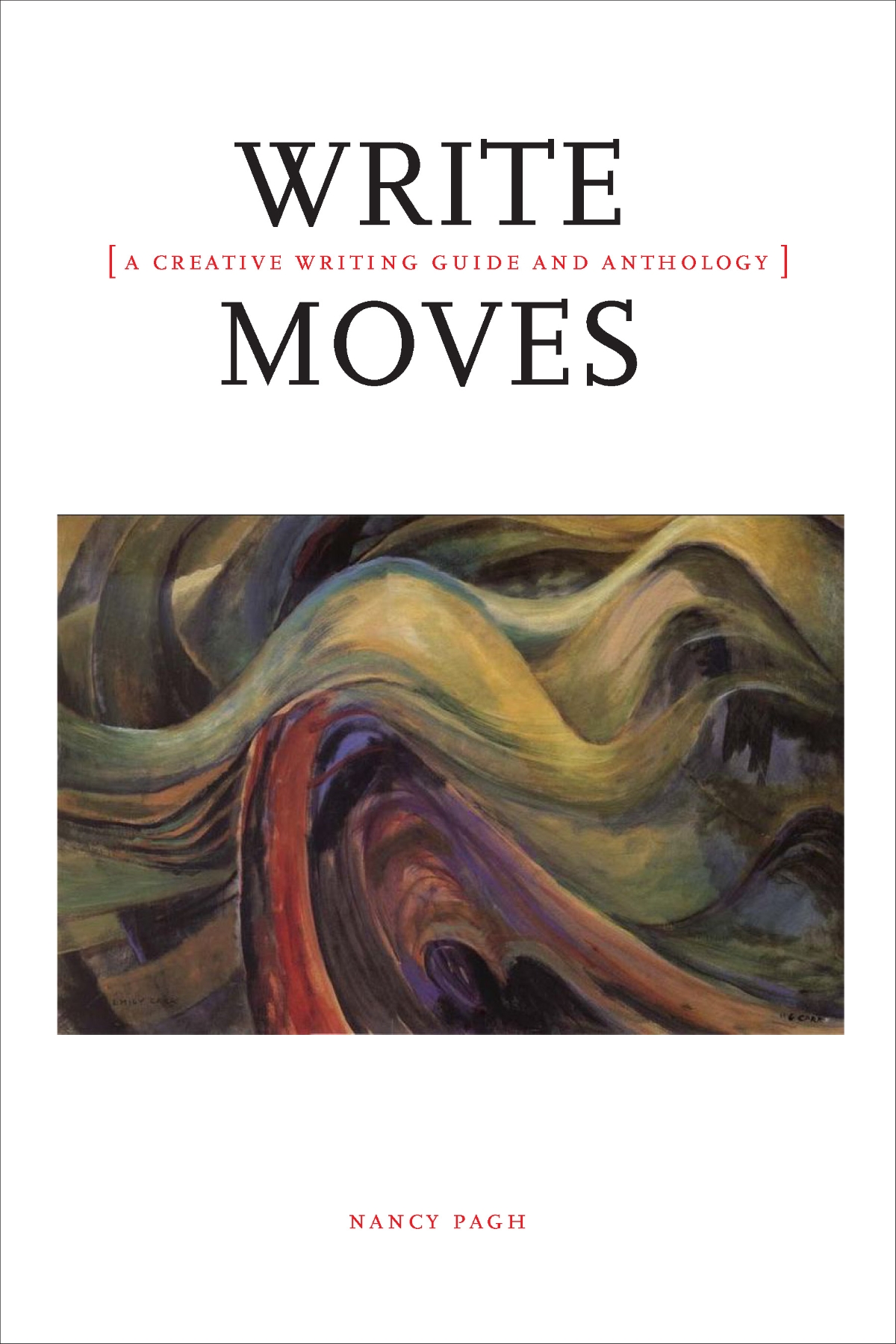from Write Moves text pgs 169-170

Dip your toe into story structure by writing a “55-word story”, a fiction narrative exactly ten sentences long.
- The first sentence must have precisely 10 words, the second sentence nine words, the third sentence eight words, and so on until the final sentence composed of a single word.
- All acronyms and digits must be spelled out (“28” is “twenty-eight”, which
counts as two words).
- The 55-word story must include a setting, a character in conflict, and a resolution (or sense of “ending”).
- To compose, write the numbers 10 through 1 (the number of words allowed in each sentence) down the left side of your page.
- Draft the story first as a list of sentences then transcribe your draft into prose format (see the example below).
- Notice that each time a new character speaks, the story is indented.
Here is a 55-word story called “Wax and Wane” written as an example:
“Say that again,” she whispered, tickling fingers through his hair. (10)
“God, you’re beautiful,” he gasped, watching moonlight ignite her. (9)
“Say it again, Duane,” she whispered, fervently ablaze. (8)
“You’re beautiful, beautiful, beautiful, beautiful, Diane – Beautiful! (7) The sofa seemed to float transcendentally. (6)
“Say it again,” she whispered. (5) Duane shifted the comforter. (4) The moon waned. (3)
“You’re beautiful.” (2)
“Really?” (1)

